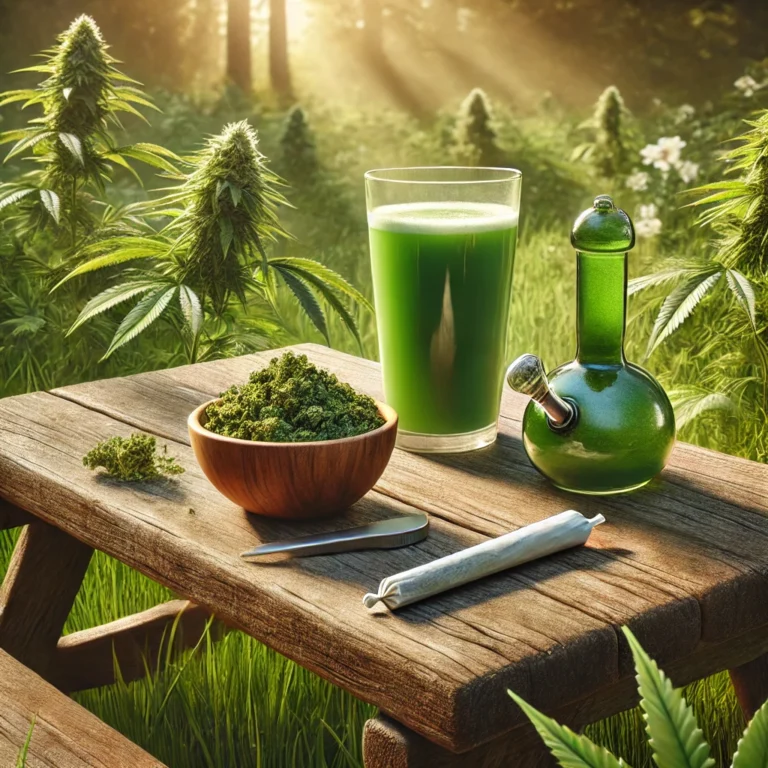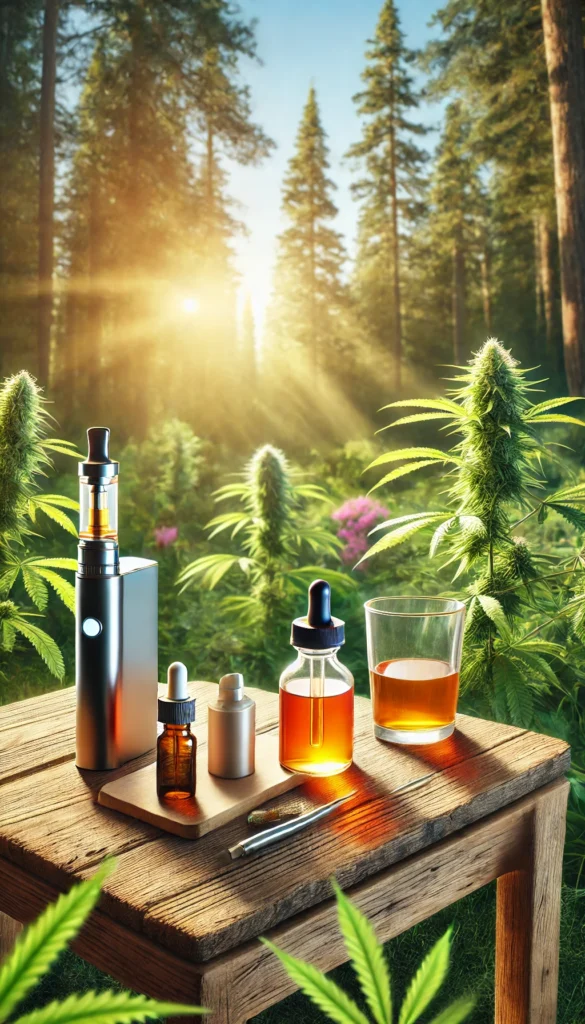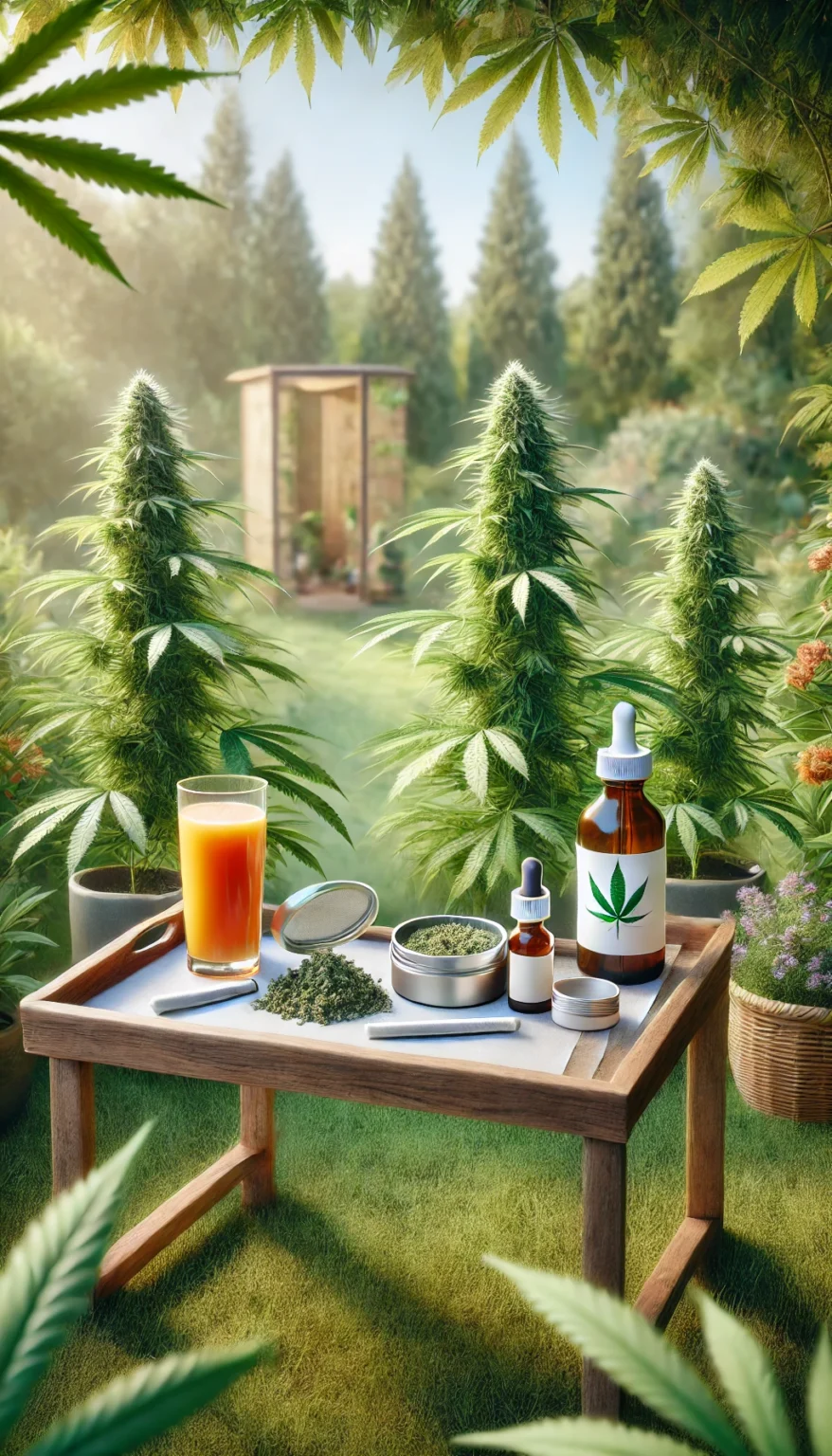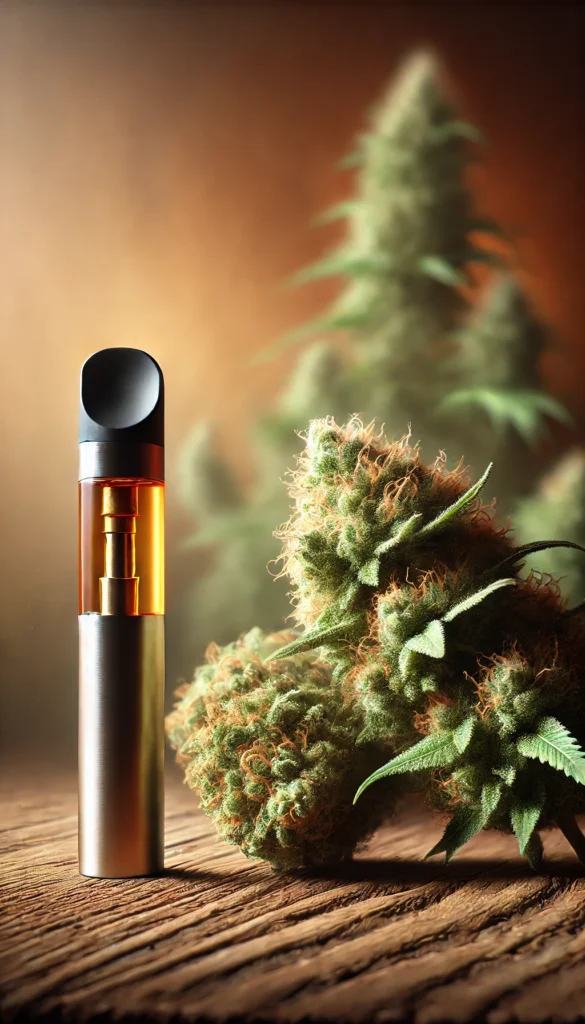Welcome to your deep dive, essential guide to this rising cannabinoid, THC-A! If you’re curious about what THC-A is, how it works, and why it’s gaining popularity, you’ve come to the right place. I’ve put together everything you need to know about this fascinating cannabinoid in a friendly, easy-to-read format. Let’s dive in!
THC-A (tetrahydrocannabinolic acid) is a naturally occurring compound found in raw cannabis. Unlike THC, it’s non-psychoactive in its natural form. That means it won’t get you high unless it’s heated through a process called decarboxylation—like when you smoke, vape, or cook with cannabis.
THC-A is gaining attention for its potential health benefits, and many people are incorporating it into their wellness routines in raw forms like juices, tinctures, and capsules.

In its raw form, THCA is often consumed for its potential therapeutic benefits without the intoxicating effects of THC. Some enthusiasts incorporate raw cannabis into smoothies or juices to harness these benefits. However, it’s essential to note that scientific research on THCA is still in its early stages, and more studies are needed to confirm its efficacy and safety.
Using THC-A is simpler than you might think. Here are a few ideas to get started:
Juicing Raw Cannabis: Add fresh cannabis leaves to your favorite green juice recipe for a nutrient-packed boost.
Tinctures: Look for THC-A tinctures that you can add to drinks or take sublingually.
Capsules: Easy to dose and perfect for on-the-go use.
Topicals: Some THC-A products are designed for direct application to the skin, ideal for localized relief.
Decarboxylation is a chemical reaction that removes a carboxyl group from THCA, converting it into THC. This process is typically initiated by exposing cannabis to heat, such as when smoking, vaping, or cooking. For instance, when you light up a joint or use a vaporizer, the heat causes THCA to decarboxylate, resulting in the psychoactive effects commonly associated with cannabis consumption.
Yes, cooking with cannabis can decarboxylate THCA into THC. When preparing edibles, cannabis is often heated to specific temperatures to ensure this conversion, making the final product psychoactive. The degree of decarboxylation depends on factors like temperature and cooking duration. For example, heating cannabis at 230°F to 250°F (110°C to 120°C) for about 30 to 45 minutes can effectively decarboxylate THCA. (Sources)

As a cannabis enthusiast and science buff, I’m fascinated by THC-A and its unique properties. This naturally-occurring cannabinoid found in raw and living cannabis plants has captured my attention because it’s technically non-psychoactive in its natural state – a feature that makes it particularly interesting for research and medical applications. What really gets me excited is how THC-A transforms through decarboxylation, and the growing body of research exploring its potential therapeutic properties. I’ve been particularly intrigued by preliminary studies examining its effects on inflammation and nausea, though it’s important to note that research is still in early stages. The way THC-A challenges our traditional understanding of cannabis compounds and opens up new conversations about plant medicine is what keeps me engaged in learning more about this fascinating molecule.
Want to learn even more? Check out these posts I’ll be publishing soon to answer your burning questions:
These blog posts are designed to break down complex topics into easy, actionable steps—because let’s face it, we’re all busy!

The legal status of THCA is complex and varies by jurisdiction. In some regions, THCA is legal as long as it is derived from hemp and contains less than 0.3% delta-9 THC. However, because THCA can convert to THC through decarboxylation, possessing or selling THCA-rich products may be subject to legal restrictions, especially in areas where THC is prohibited. It’s crucial to stay informed about local laws and regulations regarding cannabis products.

THCA flower refers to raw cannabis buds rich in THCA. When these flowers are smoked or vaporized, the THCA undergoes decarboxylation, converting into THC and producing psychoactive effects. Some users prefer THCA flower for its potential therapeutic benefits without the immediate intoxicating effects, especially when consumed raw. However, as mentioned earlier, more research is needed to fully understand these benefits.
THCA cartridges are vape products containing concentrated THCA oil. When used with a compatible vaporizer, the heat decarboxylates the THCA into THC, delivering rapid psychoactive effects. As with all cannabis products, it’s essential to ensure that THCA carts are sourced from reputable manufacturers and are free from harmful additives.
Understanding THCA and its transformation into THC is crucial for both new and experienced cannabis users. Whether you’re interested in the non-psychoactive benefits of raw THCA or the intoxicating effects of THC, always prioritize quality and stay informed about the legal landscape in your area.
Join our community of cannabis enthusiasts and terpene explorers! Get exclusive insights, in-depth guides, and the latest discoveries. No spam—just pure, aromatic knowledge delivered straight to your inbox.
Subscribe now and elevate your cannabis wisdom!